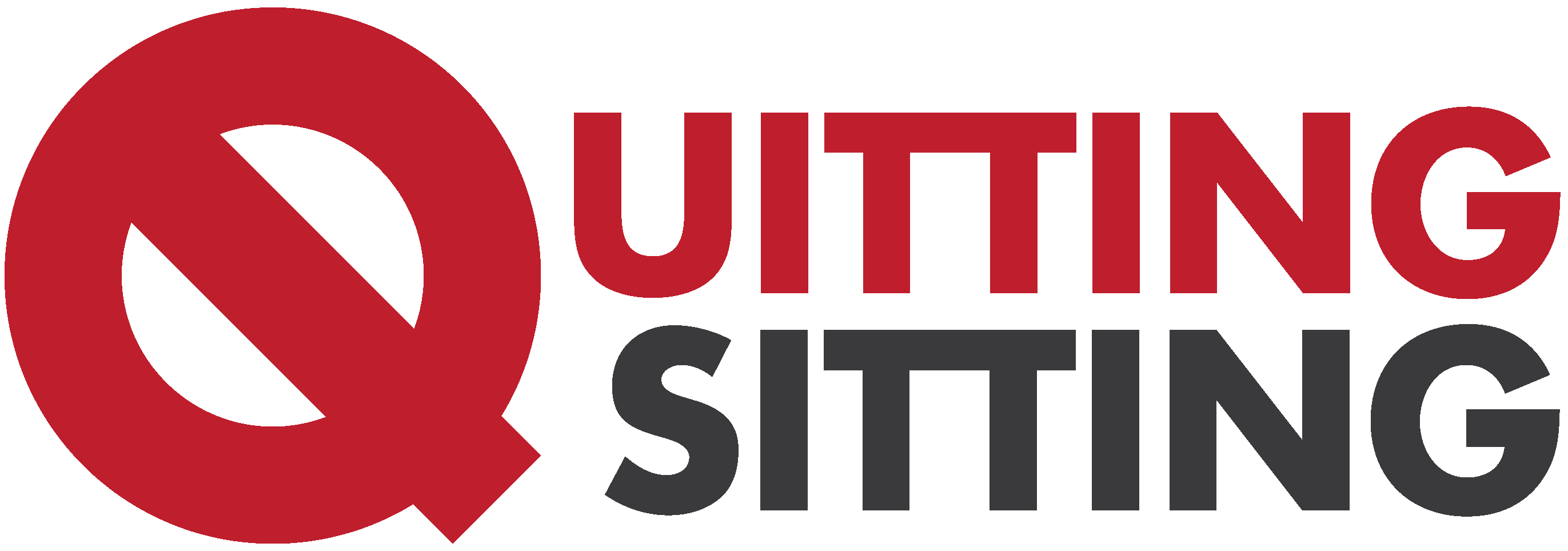 When I was a practicing mechanical engineer, I was tasked with designing a big steel structure to be placed in high winds in the desert.
When I was a practicing mechanical engineer, I was tasked with designing a big steel structure to be placed in high winds in the desert.
I ran calculations and designed the structure. The parts were made in a factory, and shipped to the field for assembly.
When construction was complete, my boss’ boss came out to take a look. Within a few minutes, he pointed to one piece of the structure and said:
“This part will break first.”
He turned to me, expecting some sort of mathematical defense of the design, I’m sure. Instead, I replied:
“If we design it right, it will all break at the same time.”
Unfortunately that wasn’t enough to assuage his concerns. So I explained that the entire structure is designed to withstand a certain maximum windspeed before breaking. If the structure can withstand higher loads, it’s stronger than it needs to be, and therefore more expensive than it should be.
If one piece breaks before the others, the other pieces are too strong, and therefore too expensive.
An optimal design stands strong to the limit, and then is completely destroyed.
What Does This Have To Do With Ergonomics?
Ideally, our bodies should work the same way. Ergonomics is about working according to natural laws, so that our work is maximally productive, and our bodies maximally functional.
We’re all about ensuring that your tissues, joints, and organs all perform optimally until the day you die. We don’t want you bothered by carpal tunnel, insomnia, or dementia for even a minute of your life.
Some have termed this philosophy “live long and drop dead”. We prefer to call it “maximizing quality of life over time”. Catchy, I know.
We have a chart to show you what we mean.
The Ideal Quality of Life Curve
We want the green line. After birth, life rapidly gets awesome, and then stays awesome for a long time. Since we’ve been treating your body and mind right, it all breaks at the same time – right at the end.
That way, you get an awesome adolescence, awesome adulthood, awesome retirement, and awesome twilight years. All around awesome.
Contrast that with the other two curves.
The blue curve is pretty similar, just with a shorter lifespan. That’s what we speculate life was like for most of human existence, before civilization messed everything up, and modern medicine applied a band-aid.
The red curve is what we have in developed countries today.
Quality of life climbs early, and tops out near full potential (thanks elementary school playgrounds!), but then stuff starts sliding downhill. People eat Cheetos and drink Pepsi for school lunches, stop playing sports, start playing beer pong, and then settle into a cubicle sitting all day long and gaining a few pounds (and new prescriptions) every year.
Sometime in retirement, various diseases take stronger hold, and people become increasingly bed-ridden and vegetative as they last out the last few decades of their lives on an increasingly complex cocktail of pharmaceuticals. Not ideal, so let’s fix it.
Maximizing the Quality of Life Integral
If you took calculus, you know that the “integral” is the area under a given curve. You can see on the chart that the area under the green curve (partially obscured by the areas under the other curves) is the largest of the three, by far.
That means green curve people have the highest quality of life for the longest time. That’s the goal.
So how do we maximize our own quality of life integral?
Two ways:
- Achieve a high quality of life.
- Maintain a high quality of life through to the end.
The best part? Most things you can do to improve yourself achieve both goals.
Stuff like getting your diet in order, smart exercise, ample quality sleep. Stuff like play.
Any work you put in in those areas (and more, I’m sure) pays a sort of compound interest. Not only do you get to enjoy the benefits for as long as you live – you get to live longer at a higher quality of life too.
And that’s a great deal.
So get to work on making sure that all of you breaks at the same time.






Be First to Comment